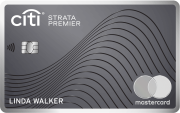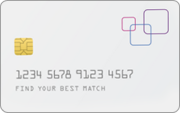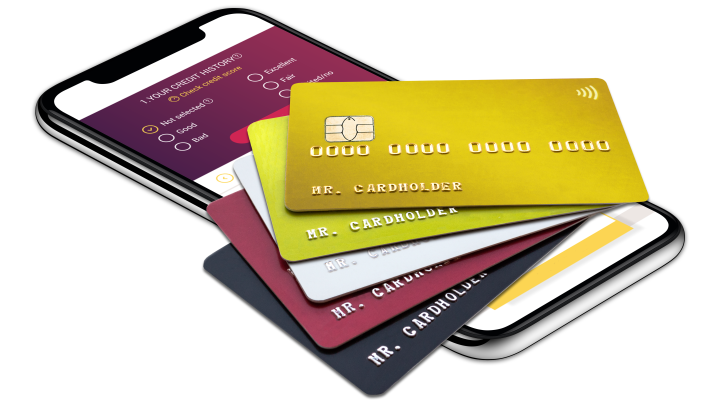The content on this page is accurate as of the posting date; however, some of the offers mentioned may have expired.

The Federal Reserve is meeting this week and is expected to slow a bit the pace at which it raises interest rates. Still, it will continue raising interest rates in an effort to fight inflation.
It is expected that this year's final gathering of the Federal Open Market Committee will put an end to a string of 0.75 percentage point rate rises that began in June. Instead of a 0.75% hike, we are about to see a half-point increase, which will lift the federal funds rate to a range of 4.25% and 4.5%.
The "consequences" of rate hikes for the economy won't be seen immediately. It often takes nine to twelve months for the economy to fully respond to higher costs. However, consumers will be affected pretty fast, and they may not like it. It is especially true for consumers with active credit accounts and those who've been planning to open a new credit card, get an auto loan or mortgage.
Since many forms of credit come with variable rates (which means the rates will change based on the Prime Rate), credit cards, auto loans, and mortgages will get more expensive when the benchmark interest rate goes up. If you have variable rate debt, reducing credit and household debt can help you save financial resources for a rainy day.
To reduce credit card debt, you can use a credit card with a 0% promo APR on balance transfers. Even if you pay off just a part of your debt, it will still be better for your budget than carrying a balance on your credit card from month to month. Also, find places in your budget that can be trimmed. Since incomes have not kept pace with the inflation, it's important to make sure you do not spend more than you can afford.






